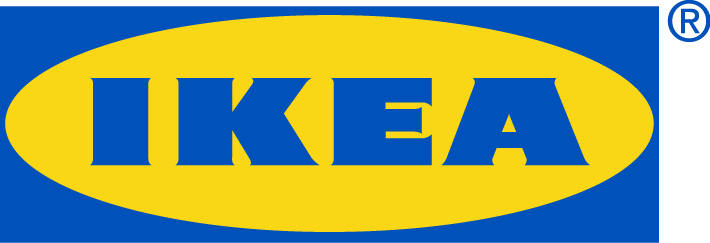IKEA Produces Sustainable Cotton Through Its Better Cotton Practices
Published 08-13-12
Submitted by IKEA
Cotton is a part of our lives. We sleep on it. Live in it. We wear it everyday. IKEA is committed to cotton because it’s one of the retailer’s most important raw materials. Having cotton produced, sourced, manufactured and sold sustainably - while not being wasteful - is core to IKEA and its Swedish roots.
IKEA is also committed to working towards better cotton growing methods, and for this reason, IKEA became one of the founding members of the Better Cotton Initiative (BCI). This is a global multi-stakeholder organization with the aim to make global cotton production better for the people who produce it, better for the environment it grows in, and better for the future.
The Better Cotton Initiative began back in 2005 with 20 weeks of field schooling for 450 cotton farmers. Today the project involves over 100,000 farmers in India, Pakistan, China and Turkey. These farmers all utilize better cotton sustainable practices including the reduction of water, fertilizer and chemicals - while increasing profit margins. Additionally, there are field experiments to complement classroom training for farmers who want to learn how to pass their knowledge on to other farmers in their villages. This includes information about how to reduce chemicals and train farmers on how to reduce pesticides and use pheromone traps to reduce insects. Providing ‘old world’ knowledge about compost and manure, while reducing the need for costly artificial fertilizers and reducing water consumption, is also part of the farmer’s education.
Improving child rights in cotton growing areas is also a core component to the Better Cotton program. Through the IKEA Foundation, which funds UNICEF and Save the Children programs in cotton growing areas of India and Pakistan, child labor is reduced to zero. The aim is to create child-friendly communities by getting children into school and helping them to stay in school and get a quality education. These programs will reach some 10 million children.
The benefits from more sustainable cotton cultivation are well noted. Since 2005 to 2012, there has been noteworthy reduction in the use of:
- 50% less pesticides
- 30% less use of chemical fertilizers
- 50% less use of water
- 23.8 % of all cotton used in IKEA products today is sustainable. The goal by 2015 is to have cotton production be sustainable.
A good example of an IKEA textile range that utilizes Better Cotton production is IKEA DVALA sheets and duvet covers.
IKEA also uses Lyocell in its textile products. Lyocell is a renewable cellulose fibre made from 100% wood pulp. It uses less water to produce than cotton and is manufactured in a cleaner way than comparable fibres. It also absorbs and reduces moisture so it makes an excellent sleep material. It can be used alone or blended with other materials like cotton and polyester. It is used in a variety of textile products like quilts, mattress toppers, pillows, duvet covers and sofa covers. The IKEA PALMLILJA duvet cover is a cotton/lyocell blend and the MALIN FIGUR duvet cover is 100% Lyocell
IKEA also utilizes linen (flax), ramie, and jute, materials that are extracted from the inner bark of plants that are grown in climates where irrigation and pesticides are rarely used. The fibres made from fast growing plants often have a slightly irregular surface, giving the fabrics a distinct structure and subtle lustre. Flax and ramie are generally used for IKEA duvet covers, pillow cases and cushions. The IKEA LINDBLOMMA duvet uses 100% linen.
At IKEA, every opportunity to turn waste from production into raw materials for other products is constantly considered. Better Cotton production is integral to the IKEA cotton range.
About IKEA:
IKEA strives to be ‘The Life Improvement Store,’ and since its 1943 founding in Sweden, has offered home furnishings of good design and function, at low prices so the majority of people can afford them. There are currently more than 330 IKEA stores in 40 countries, including 38 in the U.S. IKEA incorporates sustainable efforts into day-to-day business and supports initiatives that benefit children and the environment. For more information, go to IKEA-USA.com.

IKEA
IKEA
IKEA strives to be 'The Life Improvement Store,' and since its 1943 founding in Sweden, has offered home furnishings of good design and function, at low prices so the majority of people can afford them. There are currently more than 320 IKEA stores in 39 countries, including 38 in the U.S. IKEA, the world’s leading home furnishings company, incorporates sustainable efforts into day-to-day business and supports initiatives that benefit children and the environment. For more information, go to IKEA-USA.com.
More from IKEA

